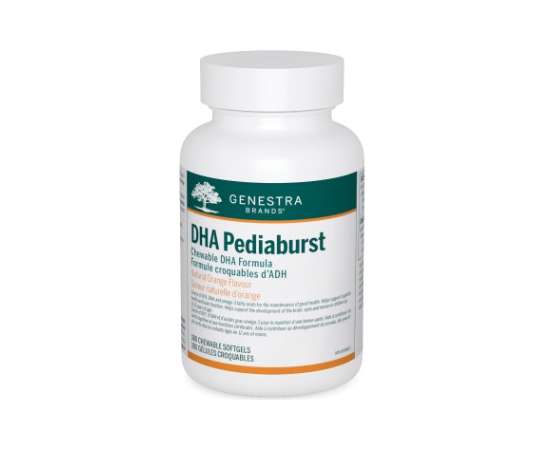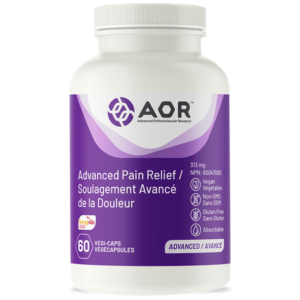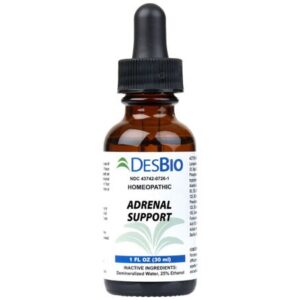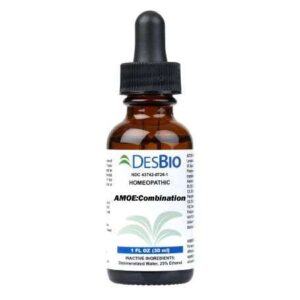Description
Great-tasting children’s chewable DHA formula
- Features a ~5:1 ratio of DHA to EPA
- Aids brain, eye and nerve development in children up to 12 years of age
- Supports cognitive health and brain function
- Bursting with delicious natural orange flavour
- Delivers clean taste with no fishy aftertaste or odour
Improved formula:
- Higher amount of DHA/EPA per softgel (110 mg/20 mg compared to 65 mg/15 mg)
- Concentrated, bioavailable triglyceride fish oil
- Antioxidant preservative system (natural mixed tocopherols and rosemary extract) to maintain optimal freshness
- Sourced from anchovy/sardine/mackerel (compared to tuna)
- Enhanced flavour with added monk fruit extract
DHA Pediaburst was specifically designed to support cognitive health in children with a higher concentration of DHA than EPA. As the most abundant omega-3 fatty acid in the brain, DHA helps support membrane fluidity, neuronal signalling and neuron health, and may provide additional cognitive benefit by increasing cerebral blood flow.1,2 It is critical for proper brain and retinal development during the final trimester of pregnancy and early childhood, and has demonstrated cognitive health benefits in children, including improved reading ability in underperforming children.1,3 DHA supplementation has also been shown to increase erythrocyte DHA levels, which is associated with improved literacy and behavioural outcomes in children.4-7 DHA Pediaburst features exceptionally pure fish oil in the triglyceride form, which has demonstrated greater bioavailability than ethyl esters in clinical research.8,9 Ideal for those who dislike swallowing capsules, this easy-to-chew and great-tasting formula supplies the DHA that children need for healthy brain development.
REFERENCES
1. Echeverría, F, Valenzuela, R, Catalina Hernandez-Rodas, M, Valenzuela, A. Prostaglandins Leukot Essent Fatty Acids. 2017; 124: 1-10. 2. Weiser, MJ, Butt, CM, Mohajeri, MH.Nutrients. 2016; 8(2): 99. 3. Richardson, AJ, Burton, JR, Sewell, RP, Spreckelsen, TF, Montgomery, P. PLoS One. 2012; 7(9): e43909. 4. Hamazaki, K, Syafruddin, D, Tunru, IS, Azwir, MF, Asih, PBS, et al. Asia Pac J Clin Nutr. 2008; 17(2): 258-63. 5. McNamara, RK, Able, J, Jandacek, R, Rider, T, Tso, P, et al. Am J Clin Nutr. 2010; 91(4): 1060-7. 6. Milte, CM, Parletta, N, Buckley, JD, Coates, AM Young, RM, Howe, PRC. Nutrition. 2012; 28(6): 670-7. 7. Milte, CM, Parletta, N, Buckley, JD, Coates, AM, Young, RM, Howe, PRC. J Atten Disord. 2015; 19(11): 954-64. 8. Dyerberg, J, Madsen, P, Møller, JM, Aardestrup, I, Schmidt, EB. Prostaglandins Leukot Essent Fatty Acids. 2010; 83(3): 137-41. 9. Neubronner, J, Schuchardt, JP, Kressel, G, Merkel, M, von Schacky, C, Hahn, A. Eur J Clin Nutr. 2011; 65(2)




